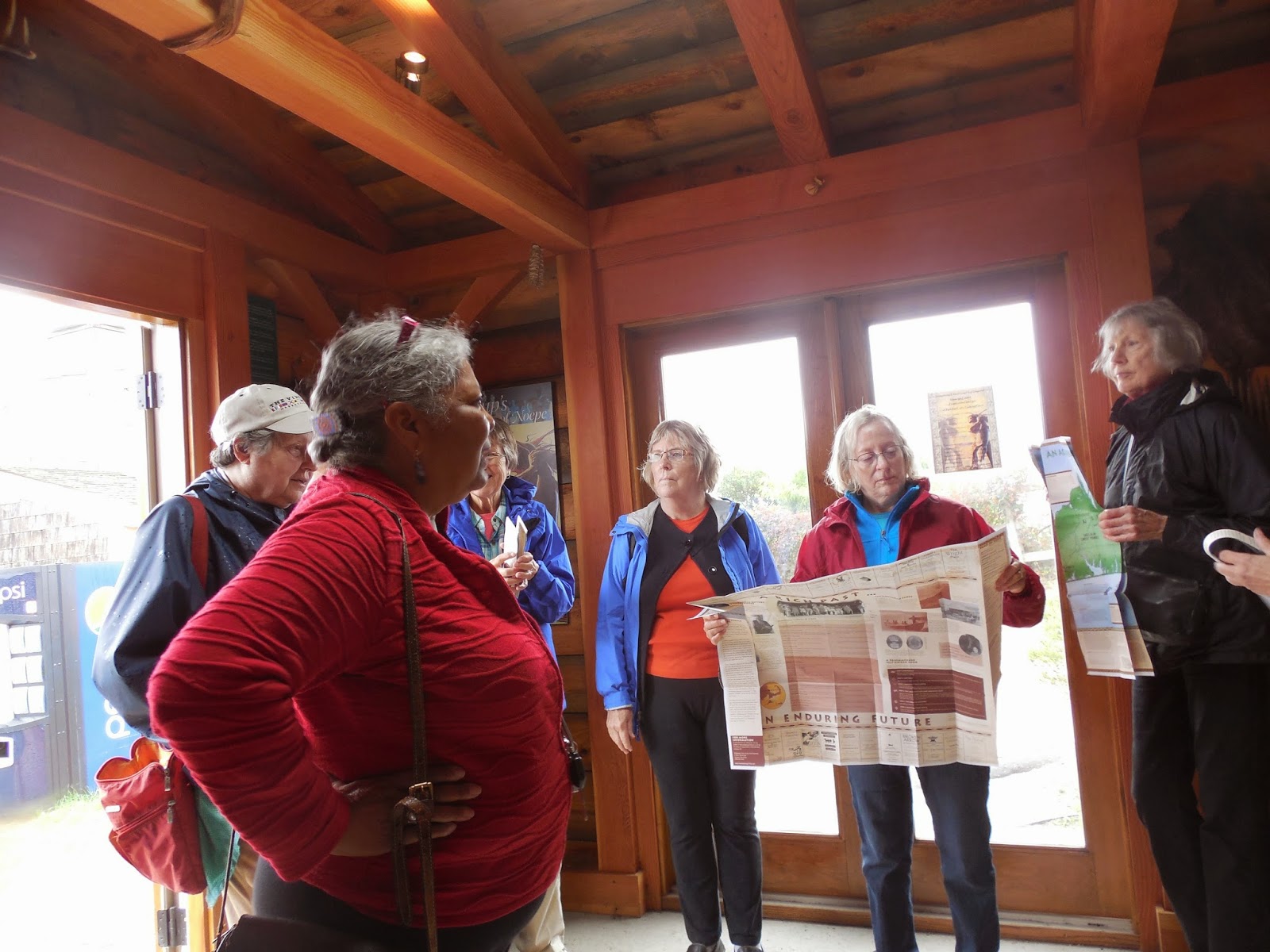 |
| The Orchard by Theresa Weir |
The author admits to have written the book in order to illuminate environmental concerns. But this is actually her biography. She did live on an orchard and speaks of the farming practices in 1996.
This second cover presents only the story of the apple, but you can see that the apple is not going to be eatable. Perhaps this cover is more simple and profound. However, it is the personal story that I was drawn to and this cover doesn't nearly represent the book as I experienced it.
Concerns about chemicals are not new. In 1962, Rachel Carson's book "Silent Spring" really caused a 'stir'. She wrote in a very different fashion. From her experience as a marine biologist, she wrote facts and really attacked the use of DDT. The chemical industry spent 1/4 million dollars to discredit her and her research. However, the then-president of the U.S.- John F. Kennedy paid attention and ordered investigations, which led to the banning of DDT. This was called 'the book that changed the world'. Part of this article is shown here. Unfortunately, the middle of the story is missing.























